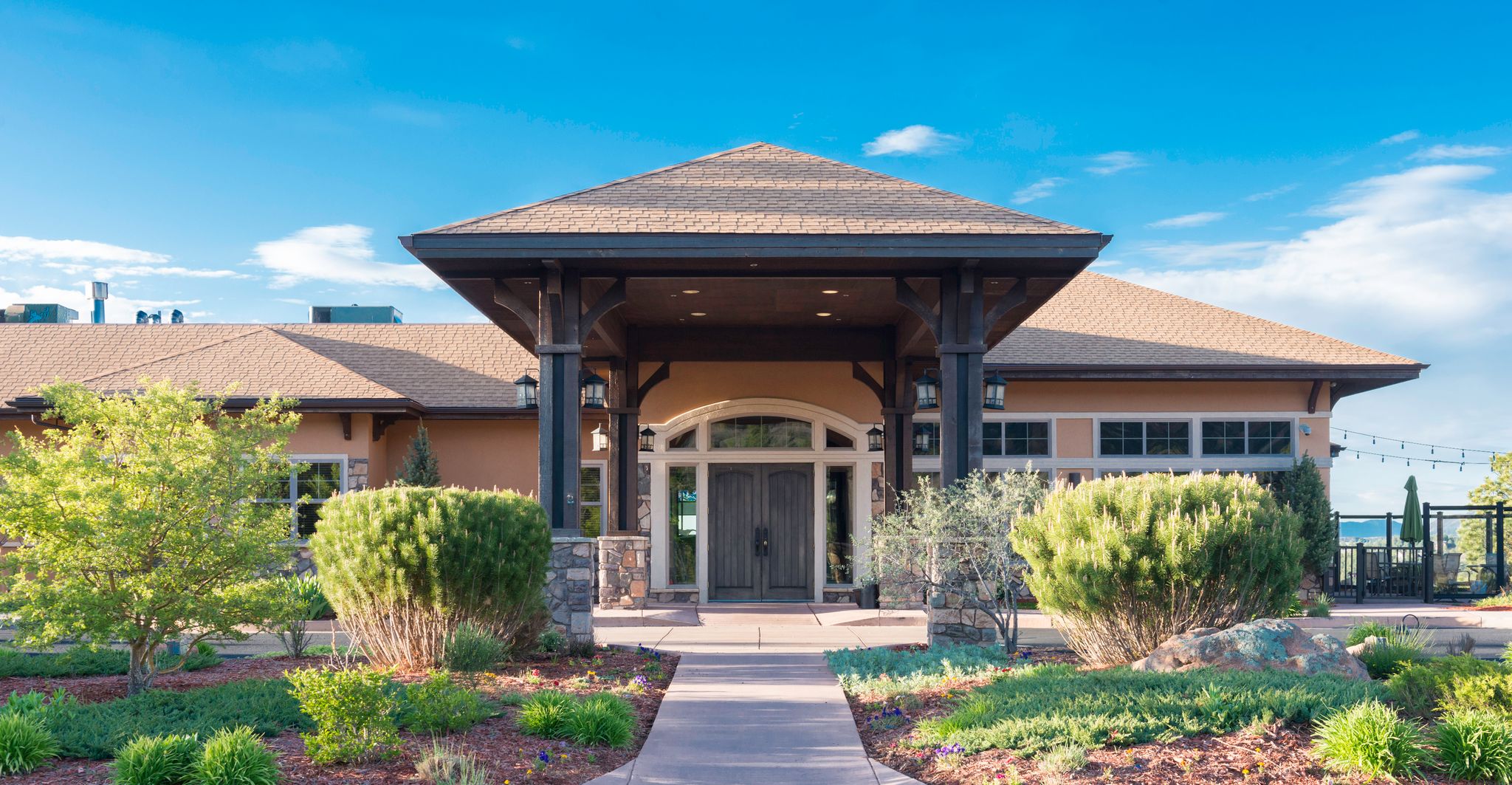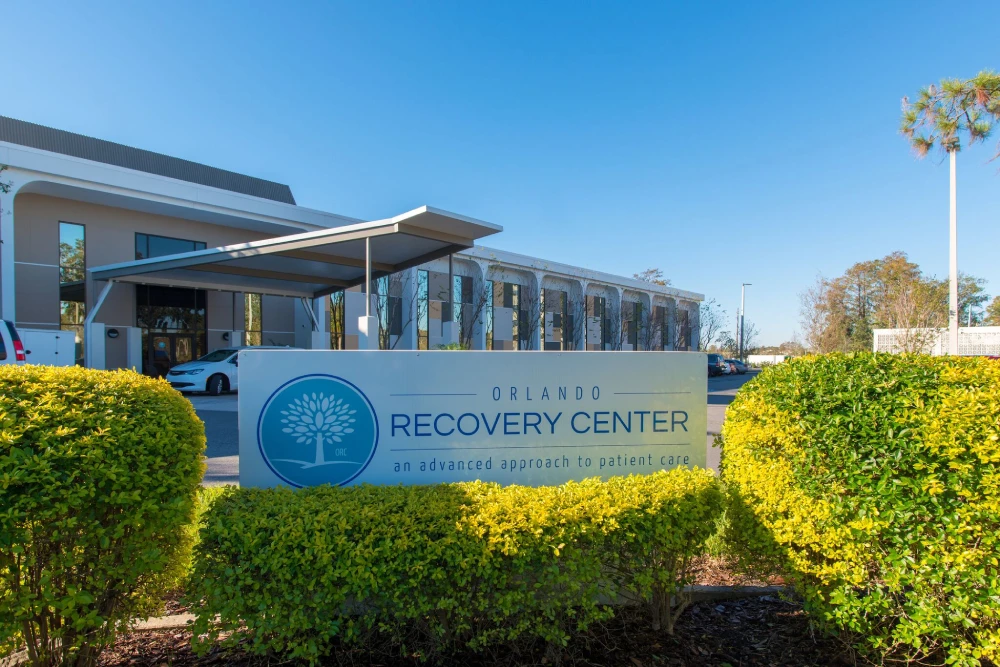If a person is a recreational substance user, they only use drugs oralcoholsocially. This type of use may not be viewed negatively since substances are only consumed casually, two to four times a month.
Recreational use may seem like a harmless way to spend time. However, the transition from recreational substance use to addiction can sneak up on people. Without caution and a healthy understanding of how substances affect people, substance use disorders can grow to consume a person’s life.
How Recreational Drug Use Turns Into Abuse
In a broad sense, many addictions progress following the samefive to six-step process:
- Experimentation.This step is likelythe first time a person tries drugs or alcohol. Reasons for experimentation include curiosity, trying to fit in, or for dealing with negative emotions like insecurities or sadness.
- Recreation.This step is when drug or alcohol use becomes more frequent. Maybe it occurs on the weekends or only a few times a month. A person likely won’t notice any negative consequences during this time.
- Regular use or misuse.At this point, drugs or alcohol begin to become detrimental to a person’s life. This step could include experiences like getting a DUI/DWI or being caught using or carrying illicit drugs.
- Risky use or abuse.This step is marked by continuing to use drugs or alcohol despite severe consequences and risking social or romantic relationships by continuing substance use. Reaching this step is an indication that a substance use disorder is a major risk.
- Dependence.This is the point where drugs or alcohol have taken significant control of a person’s life. A person’s performance at work has most likely declined and friendships are likely limited to others who use the same or similar substance. At this point, the person is physically dependent, meaning their body became used to a steady supply of the substance.
- Addiction/substance use disorder.This is the stage where people do whatever they have to do to get drugs or alcohol, regardless of the consequences. At this point, people are no longer seeking a high, they’re trying to avoid withdrawal symptoms.
What Causes Addiction to Occur?
Drugs and alcohol often producedopamine, a chemical associated with pleasure, in the brain. Over time, the brain produces less dopamine as a response to the continual rush that substance use brings, which means they have to continue use to feel good. As larger amounts of substances are used more often in response to this tolerance, the brain conditions itself to respond to certain triggers, like the smell of beer or the sight of drug paraphernalia. When these triggers are recognized, the person may instantly desire the substance.
Dopamine also interacts with the motivating and planning centers of the brain, meaning that the rush of pleasure that accompanies substance use makes the brain drive a person to want and seek out drugs and alcohol.
The younger a person starts using drugs or alcohol, the more likely they are todevelop an addiction. Between ages 10 and 19, the prefrontal cortex (the part of the brain responsible for analyzing a situation, making good decisions and controlling how people feel) is still developing. A person’s more likely to experiment with substance use during this time because the prefrontal cortex isn’t done maturing. Yet, those substances could impact future brain development, making it easier to continue to use.
Addictionis not a lack of willpower. It is a lifelong condition characterized by periods where people will likely experience a setback. When people become addicted to drugs or alcohol, their brain’s structure and chemical composition change so that they’re compelled to keep using the substance their body has come to rely on.
From Bad to Worse: How “Gateway Drugs” Can Lead to Addiction
The gateway drug theory, the idea that using some substances increase the probability of using more dangerous drug later in life, could point to the ways that recreational use leads to addiction.
These “gateway” substances are often used by teens and young adults in a social atmosphere and are viewed as a way to have fun. However, using any drug recreationally can often lead to an addiction to other, potentially more dangerous drugs. Some examples of gateway drugs include:
Marijuana
Studies have shown that many people who use marijuana move on to other drugs. There are strong links between marijuana and drugs like cocaine and heroin. Kids who use marijuana are85 times more likely to use cocaine, and 60% of those who smoke weed before they’re 15 years old will move onto cocaine.
The reasons for the increased risk include exposure to drug dealers, positive experiences with cannabis leading to curiosity about other drugs and changes in brain chemistry that make younger people susceptible to want to try other drugs.
One study showed that rats that were repeatedly exposed to THC, the active agent in cannabis, became more sensitive to the effects of the THC over time, but that they also became more sensitive to the effects of morphine. As the study itselfstates, there could be, “…a neurobiological basis for a relationship between cannabis use and opiate abuse.”
Alcohol
Drinking can open the door to using a wide variety of other substances. If a person drinks alcohol before the age of 18, they are50 times more likely to use cocaineand six times more likely to be a regular cocaine user as an adult.
Astudy of the participants in the adult drug court programin Las Vegas showed that 27% of people who preferred to use cocaine,methamphetamine, or heroin began their substance use with alcohol, and 86% of people whose substance of choice was not alcohol or marijuana began their substance use with one or both of those drugs.
Rather than marijuana, alcohol may be the true gateway drug because more people use alcohol before marijuana or tobacco. About54% of 12th graders list alcoholas the first drug they have ever tried.
Nicotine
Smoking or using nicotine orally (chewing tobacco or dip) can prime the brain for an increased response to cocaine. When people use nicotine it changesgene expression in the brain, which makes later cocaine use more powerful. This effect shows why people are likely to start using cocaine after using nicotine and, if so, the risk of becoming addicted to cocaine is higher.
A study of children who smoke showed that they are19 times more likely to use cocainethan children who don’t smoke.
Prescription stimulants
Medications like Ritalin andAdderallare abused by people who want to stay awake, enhance academic performance or feel high. However, there is a correlation between ADD/ADHD medications and using illicit drugs.
A study of over10,000 college studentsshowed that 35% of prescription stimulant abusers used cocaine, 52% used ecstasy and 44% used an opiate other than heroin. A study of over9,000 college studentsshowed that 34% of ADD/ADHD medication abusers also used hallucinogens.
Prescription opioids
Whenopioidslike Vicodin or Oxycontin are abused, the consequences can be deadly. According to theNational Institute on Drug Abuse, people who use opioids nonmedically are 19 times more likely to use heroin and over the past few decades, 80% of people started using heroin after using opioids first.
Often, this pattern begins during a person’s teenage years, when a friend or relative lets them tryopioids. If addiction develops through recreational use, they likely turn to heroin because it’s cheaper and easier to get than drugs that require a prescription.
Over-the-counter (OTC) drugs
Abusing OTC cough and cold medicine can be easy to do since they don’t require a prescription or have restrictions on who can buy them. However, astudy of nearly 8,000 eighth-grade studentsshowed that kids who abused these medications also used a variety of other drugs: 31% used ecstasy, 31% used some kind of hallucinogen, 48.3% used sedatives, 56.2% used pain relievers, 25.4% used heroin and 32.5% used either crack or cocaine.
The Implications of “Recreation”
While a person might start using drugs or alcohol to have fun or to see what they’re like, even just trying a drug out of curiosity puts a person on the path to addiction. So-called gateway drugs can be addictive themselves, but they can also lead a person to start using more addictive and destructive drugs as they chase a stronger high.
Recreational use is dangerous, no matter what substance you use. If you or a loved one develop an addiction through recreational drug use,contact The Recovery Villageto speak to a representative about how addiction treatment can work for you. By focusing on individualized treatment plans that address the addiction alongside any co-occurring mental health disorders, The Recovery Village helps patients reach their sobriety goals. You deserve a healthier future, call today.
















